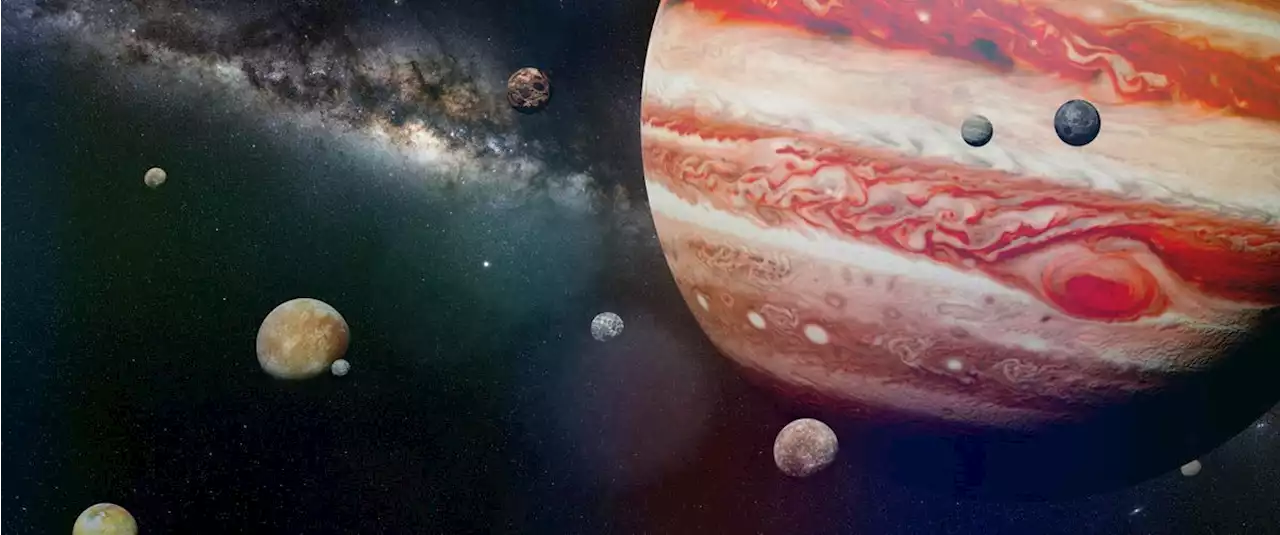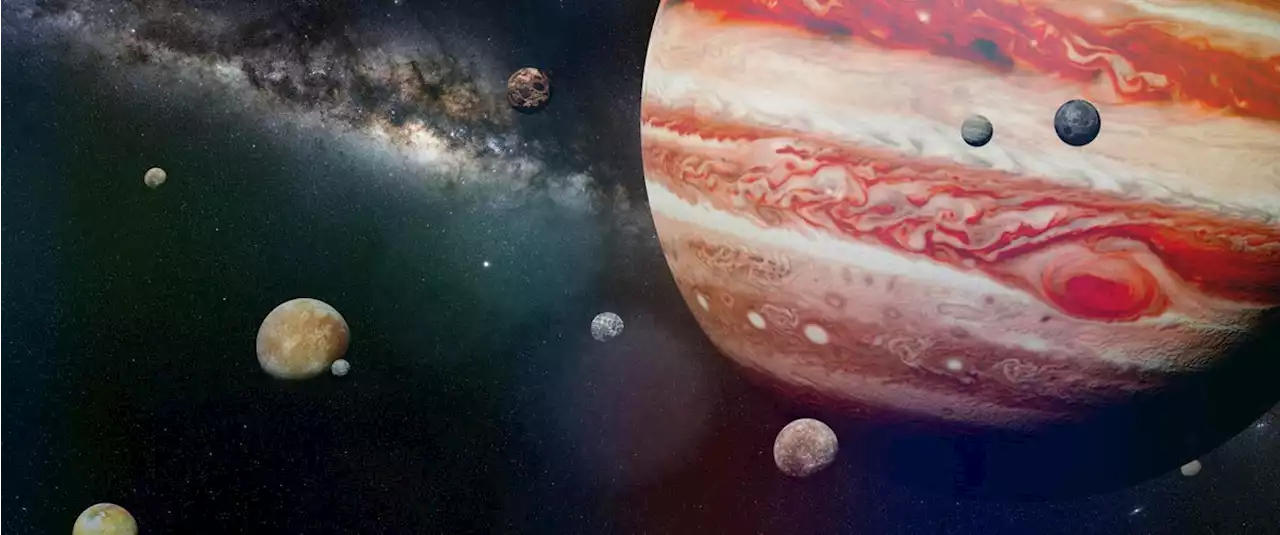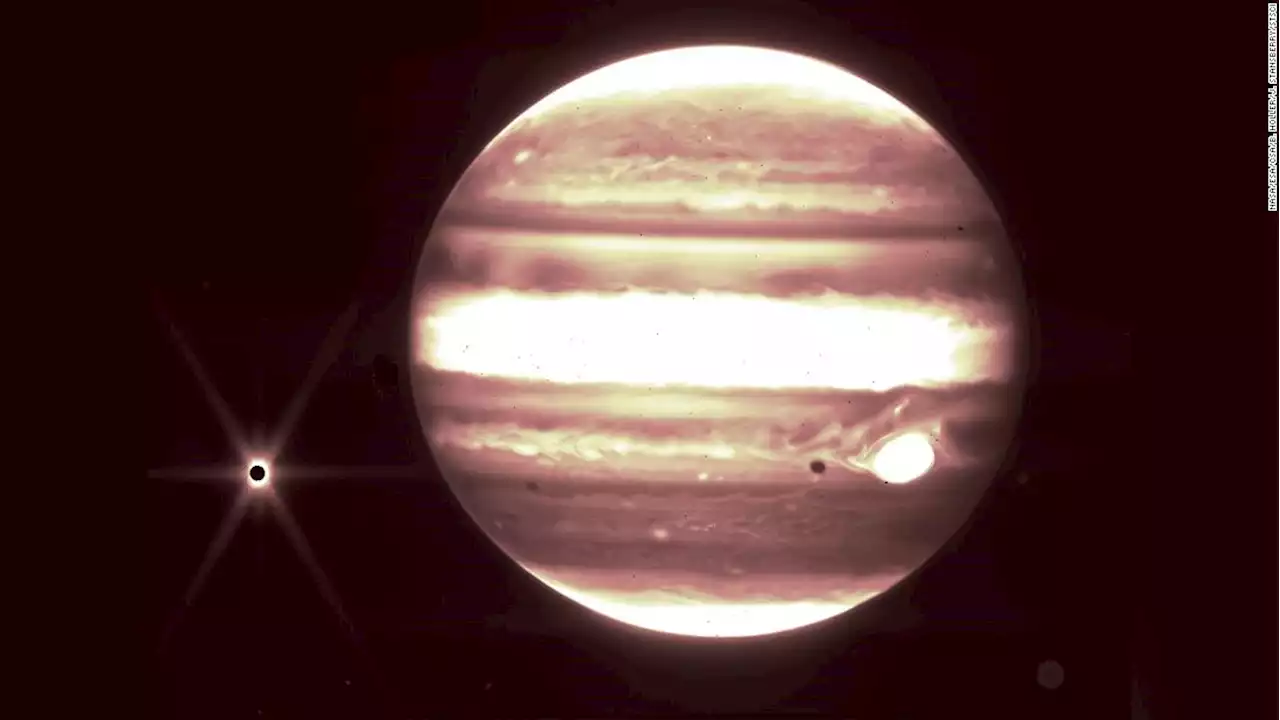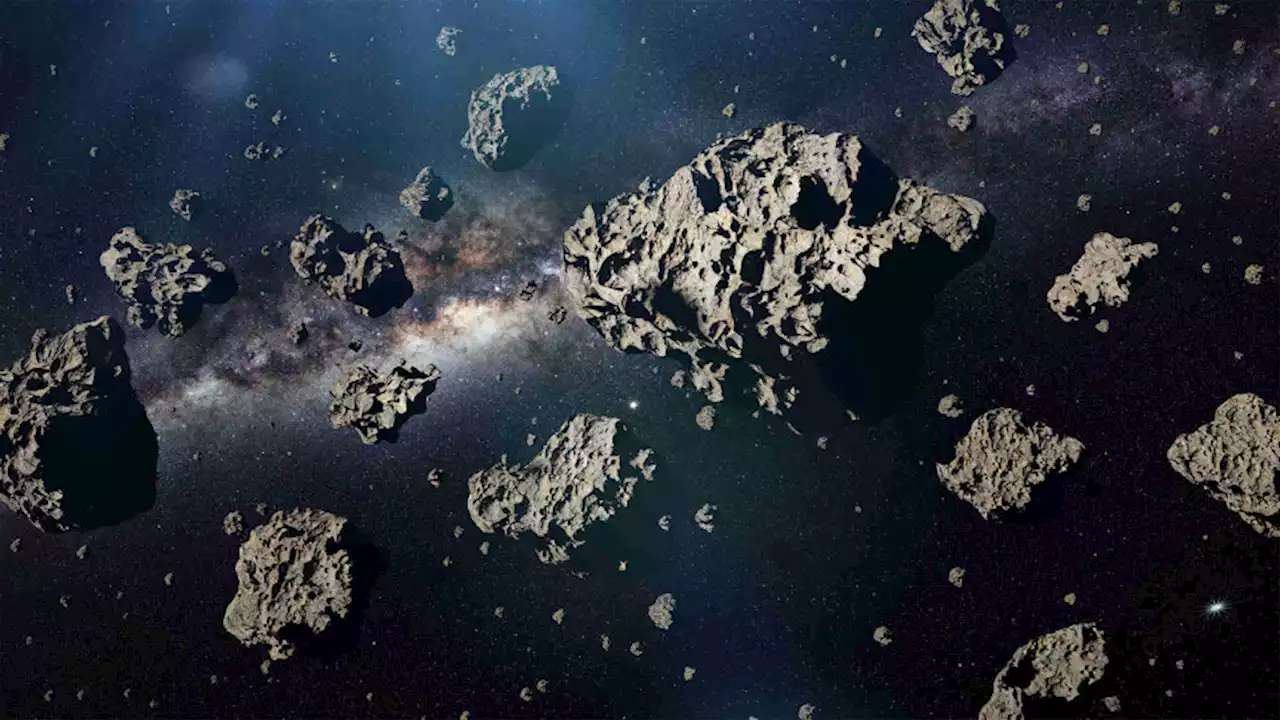Jupiter's moon has splendid dunes
Scientists have long wondered how Jupiter's innermost moon, Io, has meandering ridges as grand as any that can be seen in movies like"Dune." Now, a Rutgers research study has provided a new explanation of how dunes can form even on a surface as icy and roiling as Io's.
Current scientific understanding dictates that dunes, by their nature, are hills or ridges of sand piled up by the wind. And scientists in previous studies of Io, while describing its surface as containing some dune-like features, concluded the ridges could not be dunes since the forces from winds on Io are weak due to the moon's low-density atmosphere.
The Galileo mission, which lasted from 1989 -- 2003, logged so many scientific firsts that researchers to this day are still studying the data it collected. One of the major insights gleaned from the data was the high extent of volcanic activity on Io -- so much so that its volcanoes repeatedly and rapidly resurface the little world.
Once the researchers devised a mechanism by which the dunes could form, they looked to photos of Io's surface taken by the Galileo spacecraft for more proof. The spacing of the crests and the height-to-width ratios they observed were consistent with trends for dunes seen on Earth and other planets.
United States Latest News, United States Headlines
Similar News:You can also read news stories similar to this one that we have collected from other news sources.
 Scientists identify potential new 'soldier' for cancer immunotherapy -- ScienceDailyThe new cells, which the scientists have dubbed killer innate-like T cells, differ in several notable ways from the conventional target of many immunotherapies.
Scientists identify potential new 'soldier' for cancer immunotherapy -- ScienceDailyThe new cells, which the scientists have dubbed killer innate-like T cells, differ in several notable ways from the conventional target of many immunotherapies.
Read more »
 12 New Moons Have Been Found Orbiting Jupiter, Say ScientistsGiant planet Jupiter now officially has 92 moons after the orbits of 12 natural satellites discovered a few years ago were confirmed.
12 New Moons Have Been Found Orbiting Jupiter, Say ScientistsGiant planet Jupiter now officially has 92 moons after the orbits of 12 natural satellites discovered a few years ago were confirmed.
Read more »
 12 New Moons Have Been Found Orbiting Jupiter, Say ScientistsGiant planet Jupiter now officially has 92 moons after the orbits of 12 natural satellites discovered a few years ago were confirmed.
12 New Moons Have Been Found Orbiting Jupiter, Say ScientistsGiant planet Jupiter now officially has 92 moons after the orbits of 12 natural satellites discovered a few years ago were confirmed.
Read more »
 New Webb telescope images show Jupiter in a new lightNew data from the James Webb Space Telescope showcases Jupiter and its moon Europa captured in infrared light.
New Webb telescope images show Jupiter in a new lightNew data from the James Webb Space Telescope showcases Jupiter and its moon Europa captured in infrared light.
Read more »
 New York, New York Barely Scratches the Surface of New York, New YorkIt doesn’t make it here.
New York, New York Barely Scratches the Surface of New York, New YorkIt doesn’t make it here.
Read more »
 Scientists predict humans will land on an Asteroid by 2073, and Jupiter in 2103Rocket engineers at JPL have published a paper that predicts the first human space mission to the asteroid belt taking place within 50 years, provided humans reach Mars by 2038.
Scientists predict humans will land on an Asteroid by 2073, and Jupiter in 2103Rocket engineers at JPL have published a paper that predicts the first human space mission to the asteroid belt taking place within 50 years, provided humans reach Mars by 2038.
Read more »
